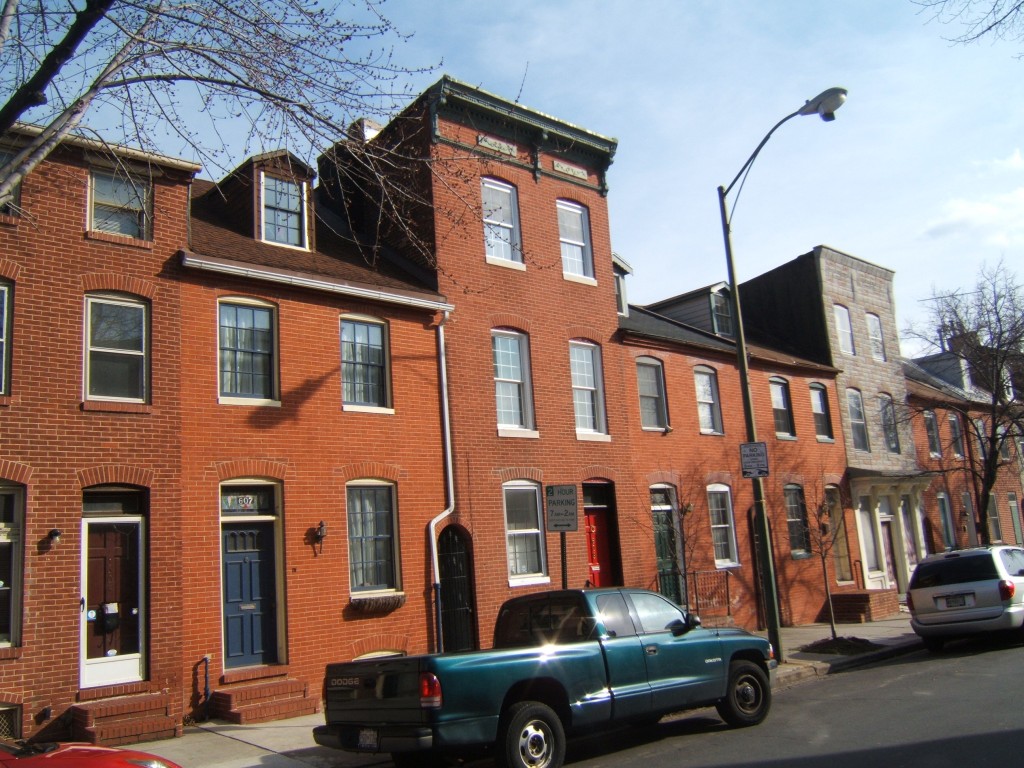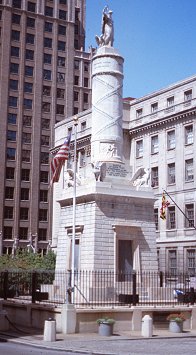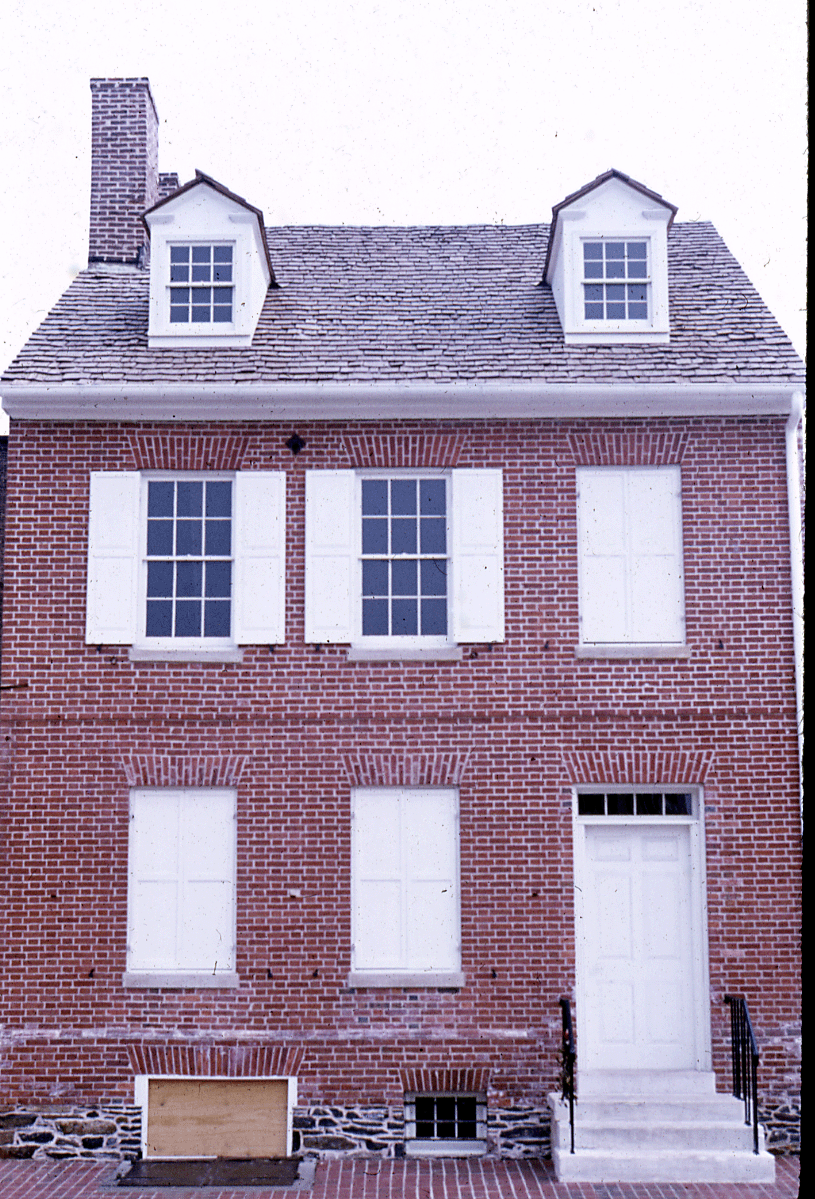
With its Moorish-Revival architecture and deep roots in Baltimore’s Eastern European Jewish community, the B’nai Israel Synagogue is a magnificent historic building with a congregation that has played a central part of the fascinating story of immigration and change in East Baltimore. Please join us for a tour of the synagogue with B’nai Israel historian Fred Shoken and other members of the congregation.
We are also partnering with the neighboring Jewish Museum of Maryland for a tour of the Lloyd Street Synagogue in a two-part exploration of Jewish heritage in Baltimore. Stay tuned for the announcement of the Lloyd Street Synagogue tour shortly.
Tour Information
Dates: Wednesday, July 14, 2010
Time: 5:45 PM: Kosher wine and cheese reception
6:00 to 7:00 PM: tour
Place: 27 Lloyd Street (Baltimore, MD 21202)
Parking is available along nearby streets
Cost: $15 (includes wine and cheese reception)
Registration: Click Here to Register
Read more





